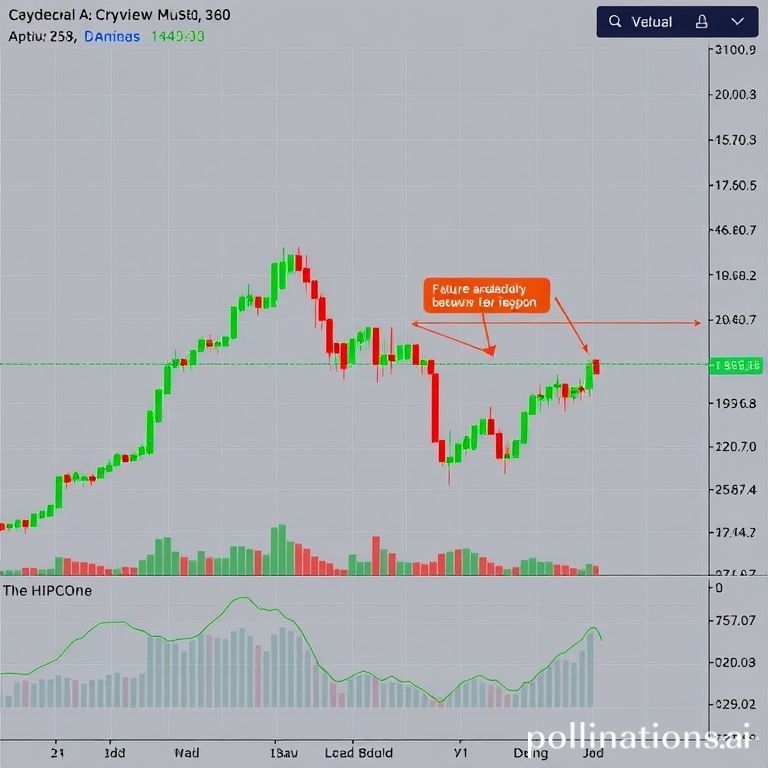
Over the past week, Bitcoin (BTC) investors have witnessed a notable downturn in the market, with prices experiencing a more than 5% decline. This negative performance has pushed Bitcoin below the crucial $110,000 support level, bringing the asset close to the price lows previously observed in August. Such a significant drop naturally sparks widespread discussion and speculation among market analysts, who are currently debating whether this recent dip represents a healthy market correction or signifies the beginning of a more prolonged bearish trend.
Amidst this uncertainty, the X analysis platform, Swissblock, has provided valuable market insights that offer a counter-narrative, suggesting that the underlying bullish structure of the market remains robust despite the recent losses. Their analysis introduces a vital 'risk-off signal,' an on-chain indicator that plays a crucial role in understanding the current market dynamics and projecting future movements.
Risk-Off Signal Suggests Underlying Market Strength
In a recent X post published on September 26, Swissblock presented a detailed on-chain analysis affirming that Bitcoin's bullish structure remains largely intact, even after the significant market corrections. This insight is primarily derived from their proprietary 'risk-off signal,' which currently indicates that Bitcoin has not yet entered a high-risk regime. Entering such a regime would typically confirm a definitive shift in the market trend towards a bearish outlook, signaling a period of sustained decline and heightened volatility.
The continued presence of a low-risk regime, as indicated by Swissblock's signal, suggests that the current market environment, while experiencing short-term volatility, does not pose an immediate danger of a major trend reversal. Investors are thus encouraged to anticipate a recovery in the bullish structure, with expectations for the formation of a price bottom once market momentum begins to strengthen again. This recovery is likely to commence as Bitcoin finds solid footing around its immediate support level, estimated to be at $108,000. Historically, such support levels often act as critical junctures where selling pressure subsides and buying interest re-emerges, paving the way for upward price action.
Institutional Demand: A Catalyst for the Next Rally
Swissblock further postulates that any new upward price movement for Bitcoin will largely be fueled by a renewed surge in institutional demand. Although September's price performance has, in some respects, exceeded initial expectations, the latter half of the month saw a noticeable reduction in ETF (Exchange-Traded Fund) inflows. This decline highlights a crucial need for a resurgence of institutional interest and capital injection to propel Bitcoin into its next growth phase. Institutional participation is often considered a bedrock for sustained market rallies, providing the necessary liquidity and legitimization that can attract broader investor confidence.
The intensification of institutional demand becomes even more critical when considering the behavior of long-term Bitcoin holders, who have been observed to significantly reduce their holdings. Swissblock characterizes this activity as "classic late-cycle behavior," a pattern often indicative of an approaching end to a market cycle. However, the absence of a high-risk signal at this moment provides an important counter-argument, suggesting that this indicator alone does not confirm a bearish turn. Instead, it presents a compelling opportunity for institutions to step in, absorb the increasing supply from long-term holders, and potentially drive the market forward.
Bitcoin's Q4: Preparing for a Historical Surge?
Adding another layer to the optimistic outlook, prominent crypto analyst Lark Davis has highlighted a recurring market pattern concerning Bitcoin's performance in September. Davis points out that a net negative performance in September is often a precursor to a robust bullish price surge in the fourth quarter of the year. This historical trend, affectionately termed "rektember" by some in the crypto community, suggests that the market often experiences a dip in September before staging a significant recovery in the subsequent three months.
To illustrate this pattern, Davis cites compelling historical data. For instance, in September 2023, the premier cryptocurrency experienced an 8% decline, which was then followed by an impressive 77% price rise in Q4. Similarly, in September 2024 (likely referring to a previous year or a typo for 2022), prices dropped by 18% but subsequently surged by an astonishing 101% over the following three months. These examples underscore a strong correlation between September's dips and subsequent Q4 rallies, providing a historical basis for optimism.
Currently, Bitcoin has experienced an approximate 8% downturn over the past eight days, aligning perfectly with this typical "rektember" playbook. This pattern sets the stage for what many investors hope will be another significant price leap in the coming months. At press time, Bitcoin is trading around $109,401, showing a minor 0.11% gain in the past day. Concurrently, the daily trading volume has decreased by 19.16%, settling at $60.52 billion. While this short-term dip in volume might reflect some investor caution, the overarching narrative, supported by both on-chain signals and historical precedents, suggests a potential for a strong bullish turnaround in Q4. Investors are closely watching for signs of renewed institutional interest and a stabilization above key support levels, which could confirm the onset of the next leg higher.
